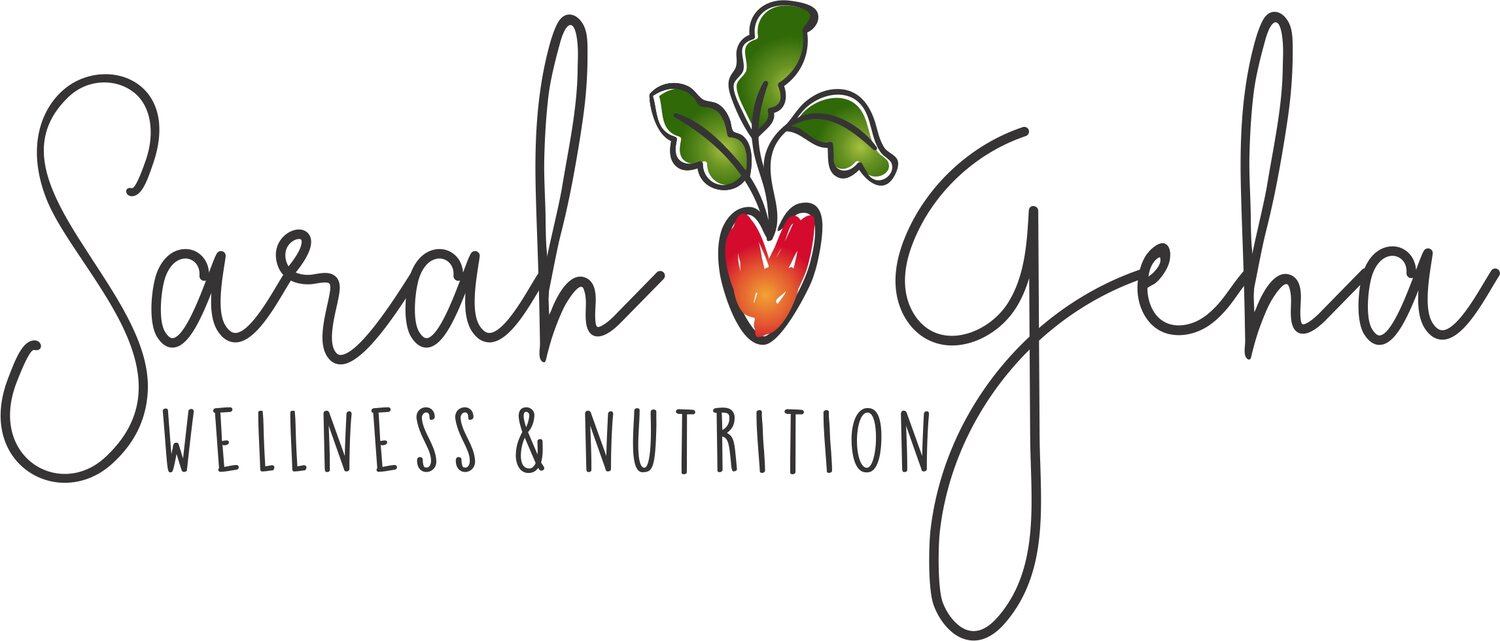Part 1: Grass-fed Beef - What It Really Means (and Why It Matters!)
/You’ve likely noticed labels like grass-fed, grass-finished, 100% grass-fed, natural, or organic when buying beef — and wondered what they mean and whether they matter. The short answer is: Yes, they do matter, but the “whys” are important too.
Evolutionary perspective:
From an evolutionary standpoint, animals thrive when they eat the diet they’re naturally adapted to. For cattle, that means fresh pasture grasses and other forage—not corn, soy, or grain-based feed. When animals consume the foods they’re designed to digest, their bodies experience less physiological stress, which supports overall health. Healthier animals produce meat with better nutrient profiles and fewer unhealthy changes in their fat composition. In nature, you won’t see cattle foraging on corn—just grass. Grain feeding is a human invention designed to speed weight gain and increase fat marbling, at the expense of both animal well-being and the nutrient quality of the food we’re eating.
Nutrition perspective:
Cattle raised on grass for their entire lives have:
More omega-3 fatty acids — usually 2–5× more than grain-fed beef! When working with clients to increase their healthy omega-3 fats, switching to grass-fed is an easy way to get significantly more omega-3 fats in the diet.
A MUCH better omega-6 to omega-3 ratio — grass fed beef has, on average, a 2:1 ratio (versus the inflammatory 7:1 or higher ratio generally found in grain-fed beef)
More conjugated linoleic acid (CLA) — CLA is a fat linked to anti-inflammatory and potential anti-cancer effects.
Higher levels of vitamins and antioxidants
Why does this matter? Most Americans consume far too many omega-6 fatty acids relative to omega-3s. High omega-6 intake is linked to increased inflammation and can contribute to heart disease, diabetes, obesity, depression, arthritis, and cognitive decline. The ideal ratio for our health is anywhere between 2:1 to 4:1; and most standard American diets are found to be at ratios ranging from 10:1 to 25:1! This ratio is really impactful on our health and an important change for most of my clients to work on.
Why Aren’t All Cattle Grass-Fed?
Flavor and marbling: Grain-feeding increases fat, producing a taste many consumers have come to expect
Cost: It’s estimated to be approximately 15–20% cheaper to raise grain-fed cattle due to faster growth. That’s significant!
Production efficiency: Grain feeding in confined feedlots allows large-scale production — at the expense of both the animal’s mental and physical health, and the nutritional quality.
In my next blog, I’ll explain what is really found in the conventional beef you might be buying…
Want to discuss things with me more? Schedule a free 20 minute discovery session

